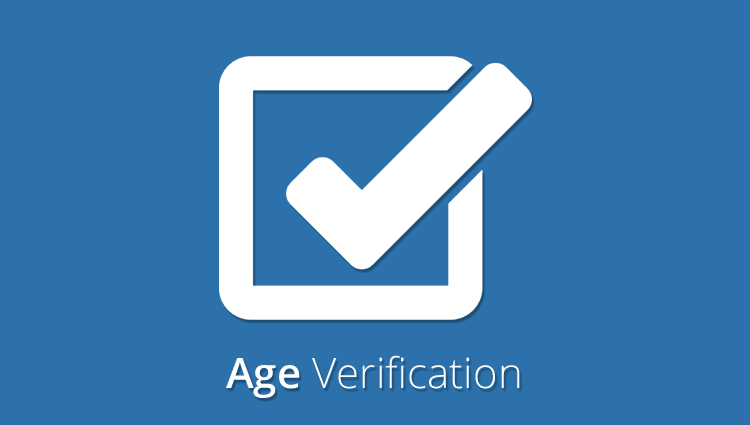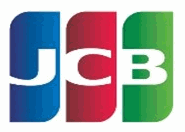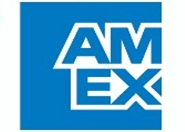Understanding Visa's New Risk Rules for Age Verification

Visa, one of the world's largest payment networks, has recently implemented new rules regarding age verification for certain types of transactions. These rules are designed to enhance security and reduce fraud, particularly for transactions involving age-restricted products or services. Here's what merchants need to know about these changes:
Why Age Verification Matters
Age verification is crucial for transactions involving products or services that are legally restricted to certain age groups, such as alcohol, tobacco, or content not suitable for minors. Verifying the age of the purchaser helps ensure compliance with laws and regulations and reduces the risk of selling age-restricted items to minors.
Visa's New Rules
Visa's new rules require merchants to implement additional age verification measures for certain transactions. Specifically, these rules apply to merchants selling age-restricted products or services in the following categories:
1. Digital Goods: Transactions involving digital goods or services that are age-restricted, such as online gaming or age-restricted content.
2. Subscription Services: Recurring transactions for subscription services that are age-restricted, such as streaming services or subscription boxes for intimate products.
Visa classifies merchant category codes (MCC) 5967 and 7273 as high-risk. MCC 5967 is Direct Marketing – Inbound Telemarketing Merchants, and MCC 7273 is Dating and Escort Services. MCC 5967 allows nudity to be shown, and MCC 7273 does not. However, because these are considered “high-brand risk,” age verification has become compulsory for the consumer.
Age Verification Methods
To comply with Visa's new rules, merchants can implement various age verification methods, including:
· Identity Verification: Verifying the customer's identity using a government-issued ID or other verification methods.
· Third-Party Age Verification Services: Using third-party services that specialize in age verification.
· Consent and Acknowledgment: Requiring customers to confirm their age and acknowledge the age restrictions before completing the transaction.
· Restricting access to your digital properties if the internet protocol (IP) address is located within a jurisdiction that requires age verification by statute.
Benefits of Compliance
Complying with Visa's new age verification rules offers several benefits for merchants, the most important being customer satisfaction. High-risk industries are uber competitive, so taking extra precautions with customer’s private information can set you apart from the rest. You’ll also have the added benefits of:
Reduced Risk: By verifying the age of customers, merchants can reduce the risk of selling age-restricted products to minors, which could lead to legal and regulatory issues.
Enhanced Security: Implementing additional age verification measures can enhance overall transaction security and reduce the risk of fraud.
Improved Customer Experience: While additional verification steps may seem cumbersome, they help ensure that customers meet the age requirements for certain products or services, thus preventing potential issues later on.
How Merchants Can Prepare
To prepare for Visa's new age verification rules, merchants should:
1. Review Current Practices: Evaluate existing age verification practices and identify areas for improvement.
2. Implement Additional Measures: Implement additional age verification measures as needed to comply with Visa's rules.
3. Educate Staff: Train staff on the importance of age verification and the new rules to ensure compliance at all levels.
4. Monitor Compliance: Regularly monitor age verification practices to ensure ongoing compliance with Visa's rules.
Best Practices for Merchants
Age verification is a small part of a larger compliance issue. Merchants should maintain a transparency report for a minimum of 12 months. This report should include at least the items listed below. Not all items are applicable to every business.
· Creator account submissions and approvals
· Content postings and removals
· Account deactivations due to TOS violations
· CSAM reporting
· Law enforcement/legal requests and assistance
· Copyright and privacy issues (DMCA and take-down requests)
· Content reported by the community
The log should include the nature of the report, what action was taken, the date the request was received (if applicable), and the date the issue was resolved. All complaints must be resolved within seven days.
Age verification and consent documents for performers should be available upon request if your merchant account provider requests them.
Visa's new rules regarding age verification aim to enhance security and reduce fraud for transactions involving age-restricted products or services. By understanding and complying with these rules, merchants can protect themselves and their customers while maintaining a smooth payment experience. MobiusPay is always here to guide you and answer any questions you may have.
Return to Blog








* Created by
